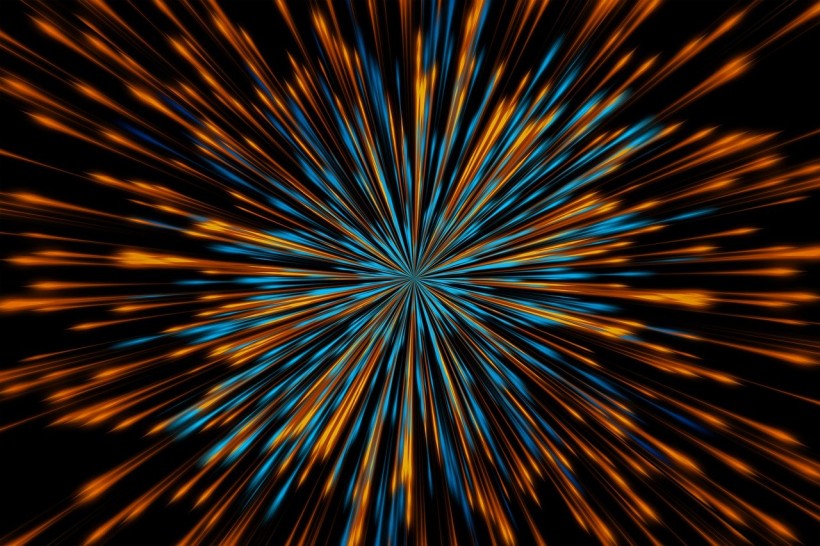After years of grappling with the origins of our universe and dark matter, scientists now propose a dual Big Bang theory. The initial explosion might have given rise to ordinary matter, while the subsequent one is theorized to have generated dark matter, as indicated in a recent study.

Did the Universe Begin With Two Big Bangs? New Hypothesis Challenges Traditional Understanding of Cosmos' Birth and Dark Matter
Current Big Bang Theory
The Big Bang theory serves as the prevailing explanation for the universe's origin, suggesting that it initiated as a singular point and subsequently expanded, continuously stretching over time.
Proposed by astronomer Georges Lemaître in 1927, this concept posits that the universe, starting from a tiny, concentrated point, expanded to its current vast size and continues to do so. Edwin Hubble's observations in 1929 supported Lemaître's idea, revealing that distant galaxies were moving away, indicating an ongoing expansion.
Considering the enormity and age of the universe, comprehending its inception is challenging. In its early stages, the universe comprised hot minute particles intermingled with light and energy. As expansion occurred, temperatures cooled, allowing particles to form atoms. Over time, atoms combined to create stars, galaxies, and celestial bodies, such as asteroids, comets, planets, and black holes.
The entire process unfolded over an immense timespan, with the universe currently estimated to be 13.8 billion years old. The term "Big Bang" was coined to encapsulate this expansive and transformative beginning, though some suggest "Everywhere Stretch" as a more fitting descriptor for the continuous and vast expansion that defines the universe's evolution.
New Dual Big Bang Theory
In the new paper, titled "Dark Matter and Gravity Waves from a Dark Big Bang" available in the preprint server arXiv, researchers propose a dual Big Bang theory in which the first Big Bang created the ordinary matter and the second gave birth to dark matter. The team claims that this hypothesis awaits confirmation or refutation using existing technology.
The prospect of a second Big Bang is captivating, given the significant role the original Big Bang theory has played in shaping current understanding of the universe's evolution.
The conventional notion posits that a fraction of a second after the universe's inception, a rapid expansion known as inflation occurred, exceeding the speed of light. This inflation, attributed to a form of energy called "vacuum energy," culminated in the transformative moment referred to as the Big Bang.
The potential existence of a second Big Bang introduces the intriguing possibility of further insights into dark matter, a mysterious substance believed to constitute a substantial portion of the universe. Despite extensive efforts, understanding dark matter remains elusive, as it cannot be fully proven or identified through current means.
The European Space Agency's orbiting telescope stands as a contemporary effort that may offer a glimpse into the nature of dark matter and provide valuable information regarding the implications of this novel theory.
Contrary to the traditional narrative, the proposed second Big Bang theory suggests that after the initial inflation period, another phase might have commenced, generating dark matter. This dark matter, which interacts with regular matter solely through gravity, could have originated from a distinct form of energy termed "dark vacuum energy," challenging established notions about the universe's origins if substantiated.
RELATED ARTICLE: Second, Third Big Bang? Dark Energy Could Be Causing the Universe To Expand Faster
Check out more news and information on Space in Science Times.














